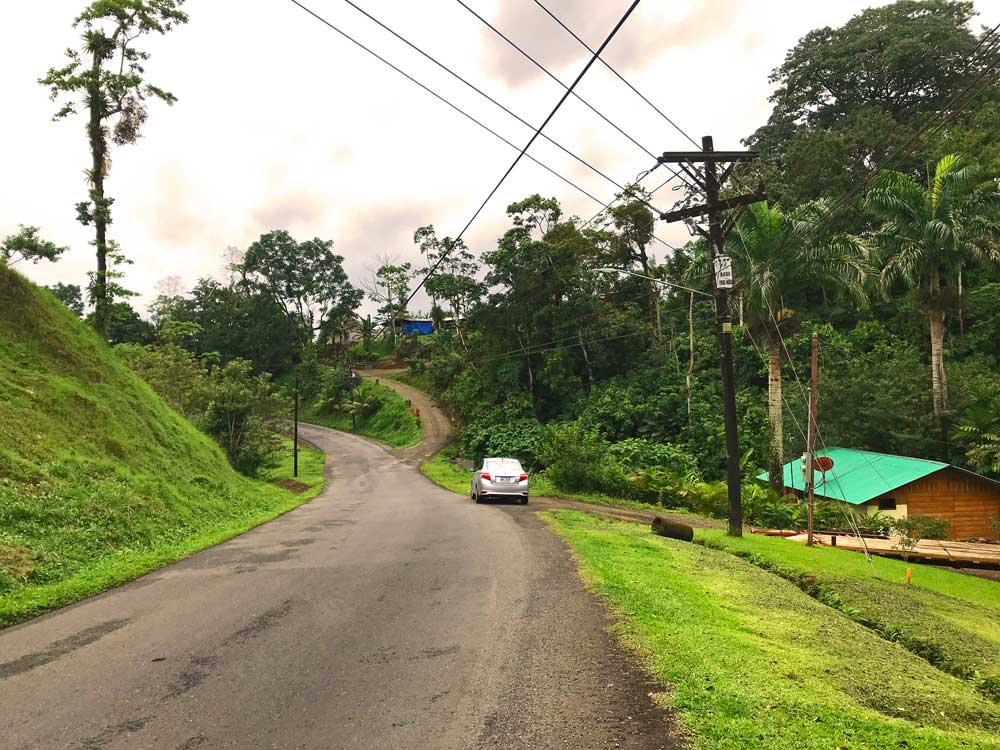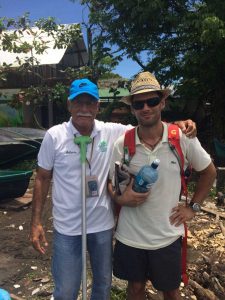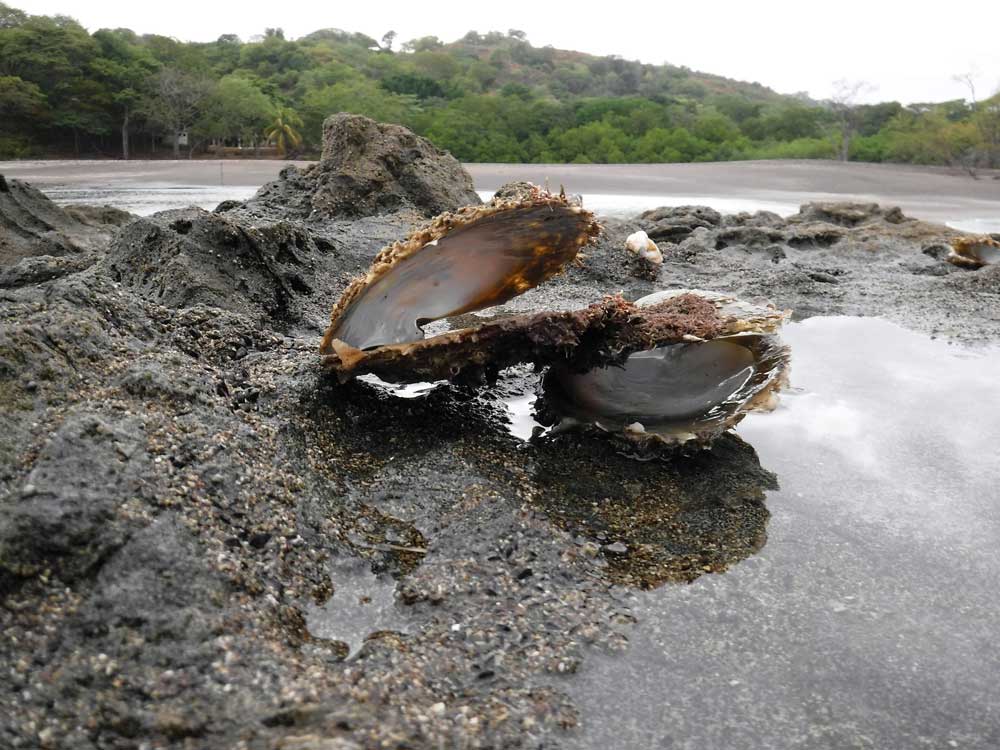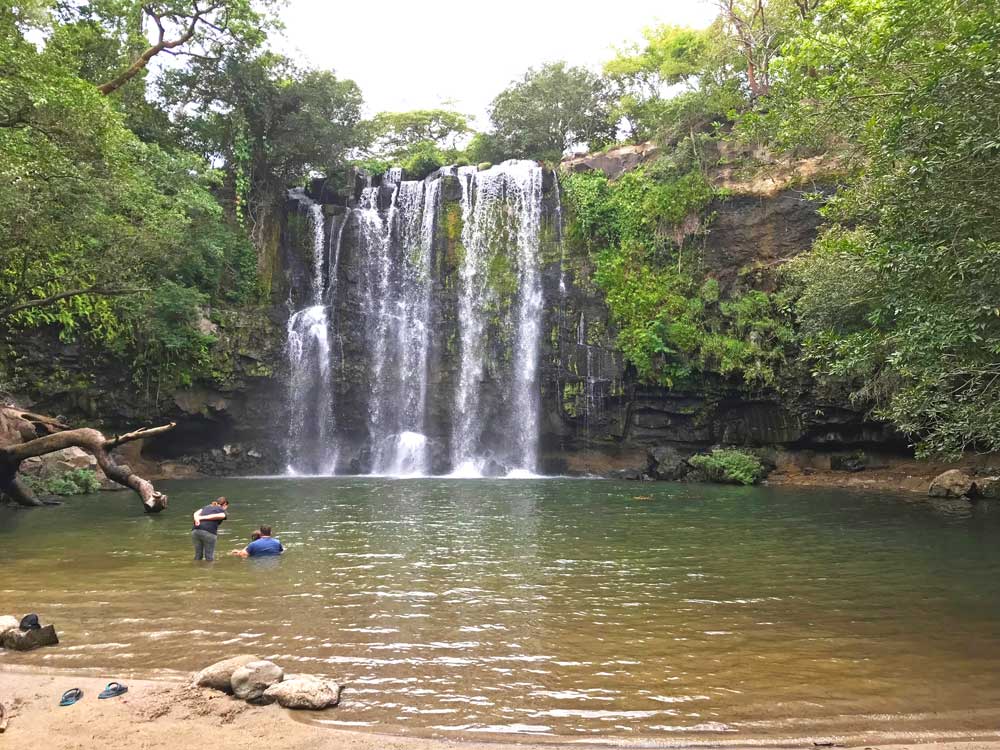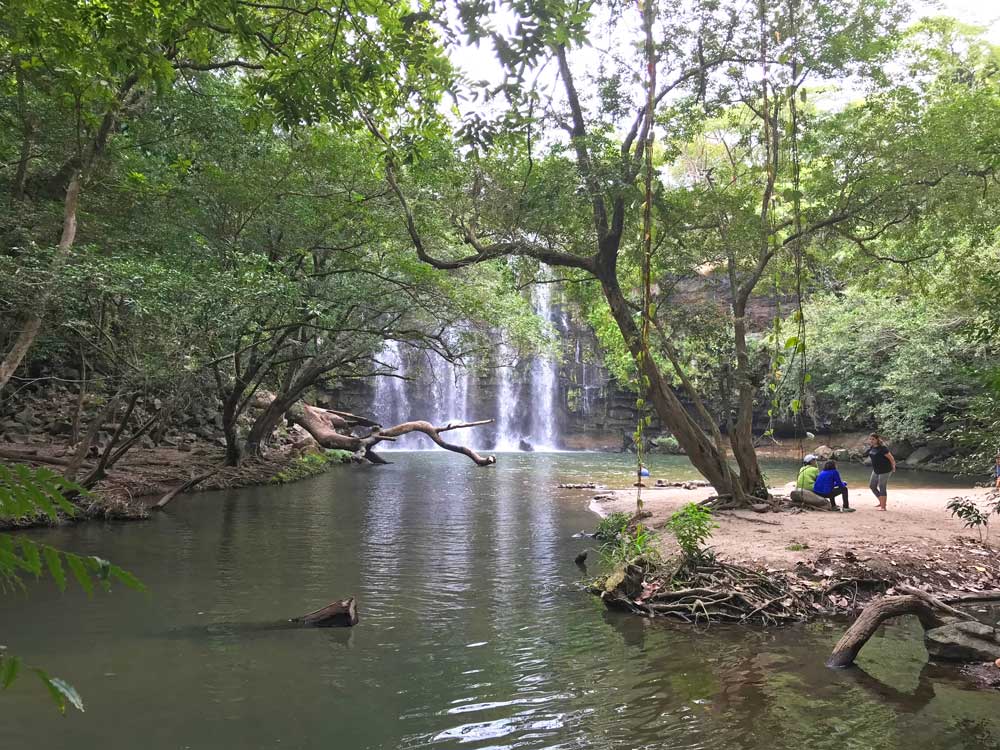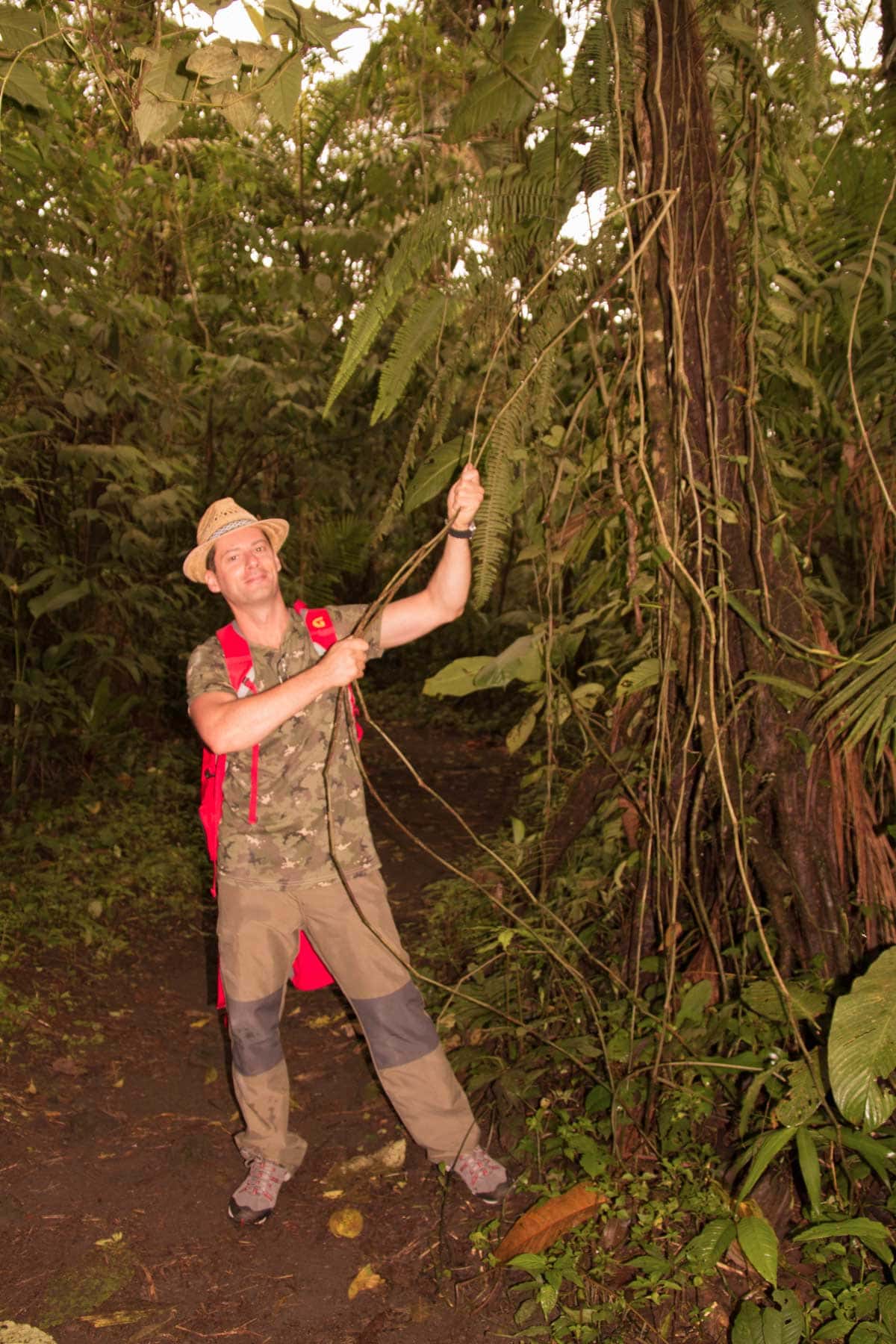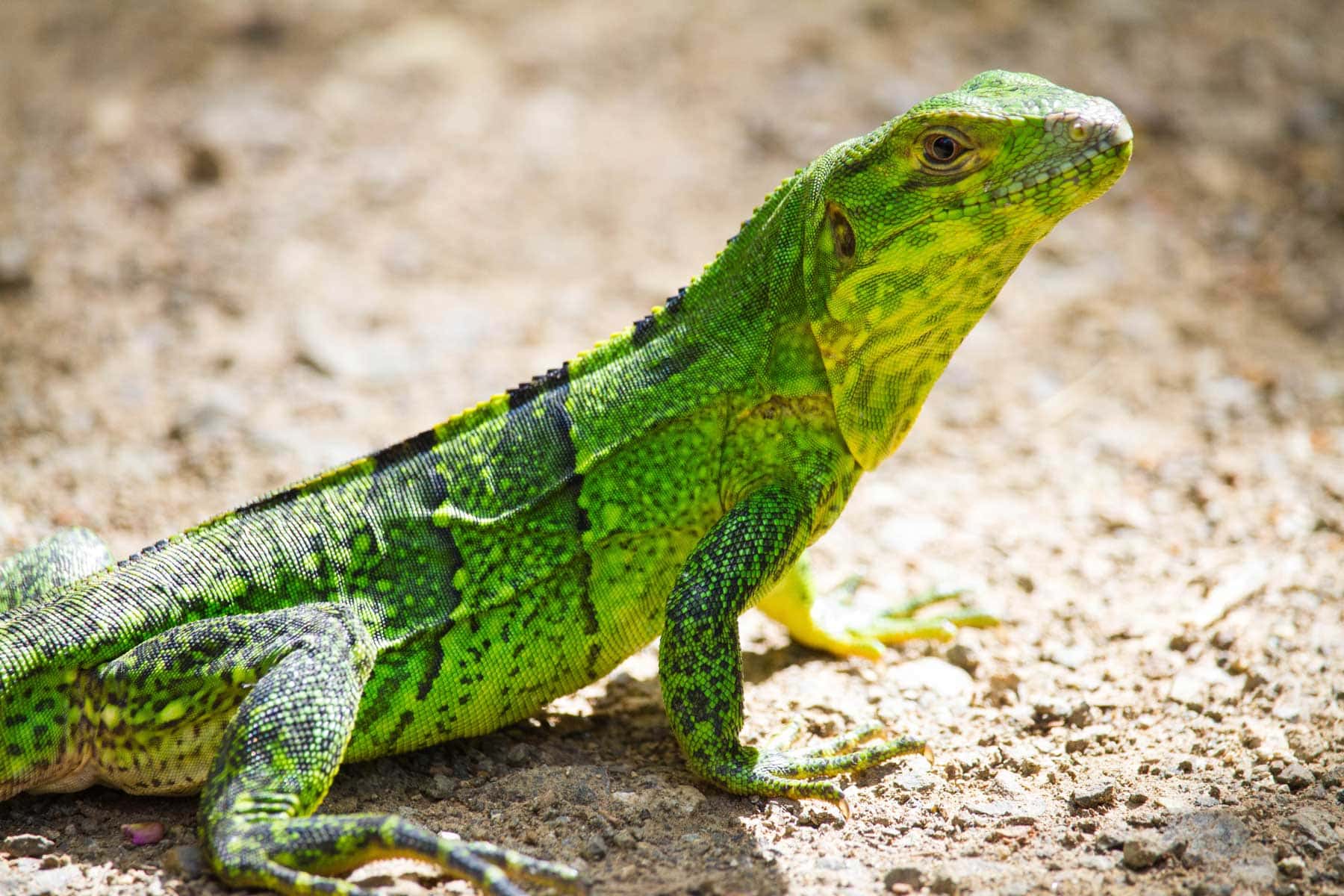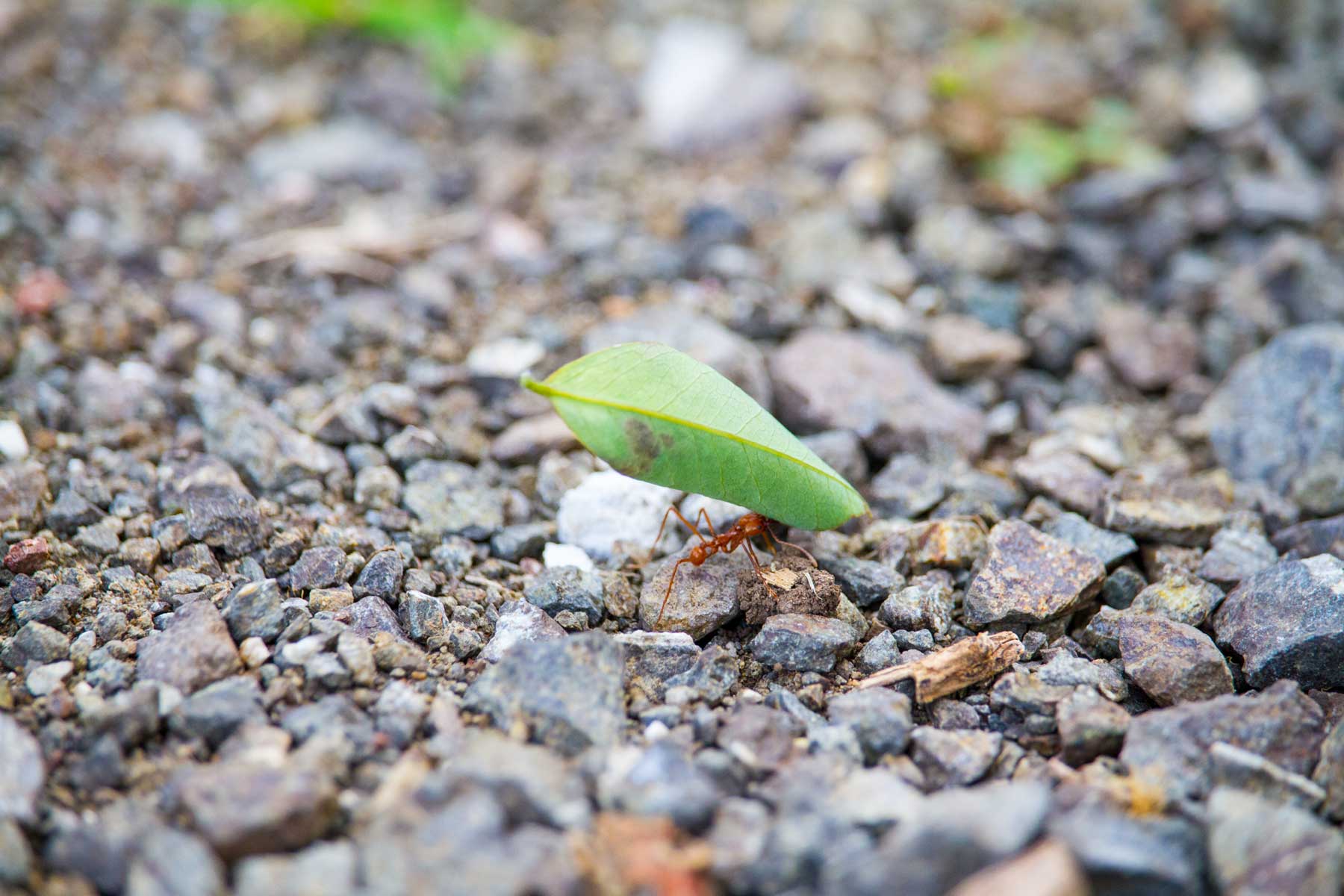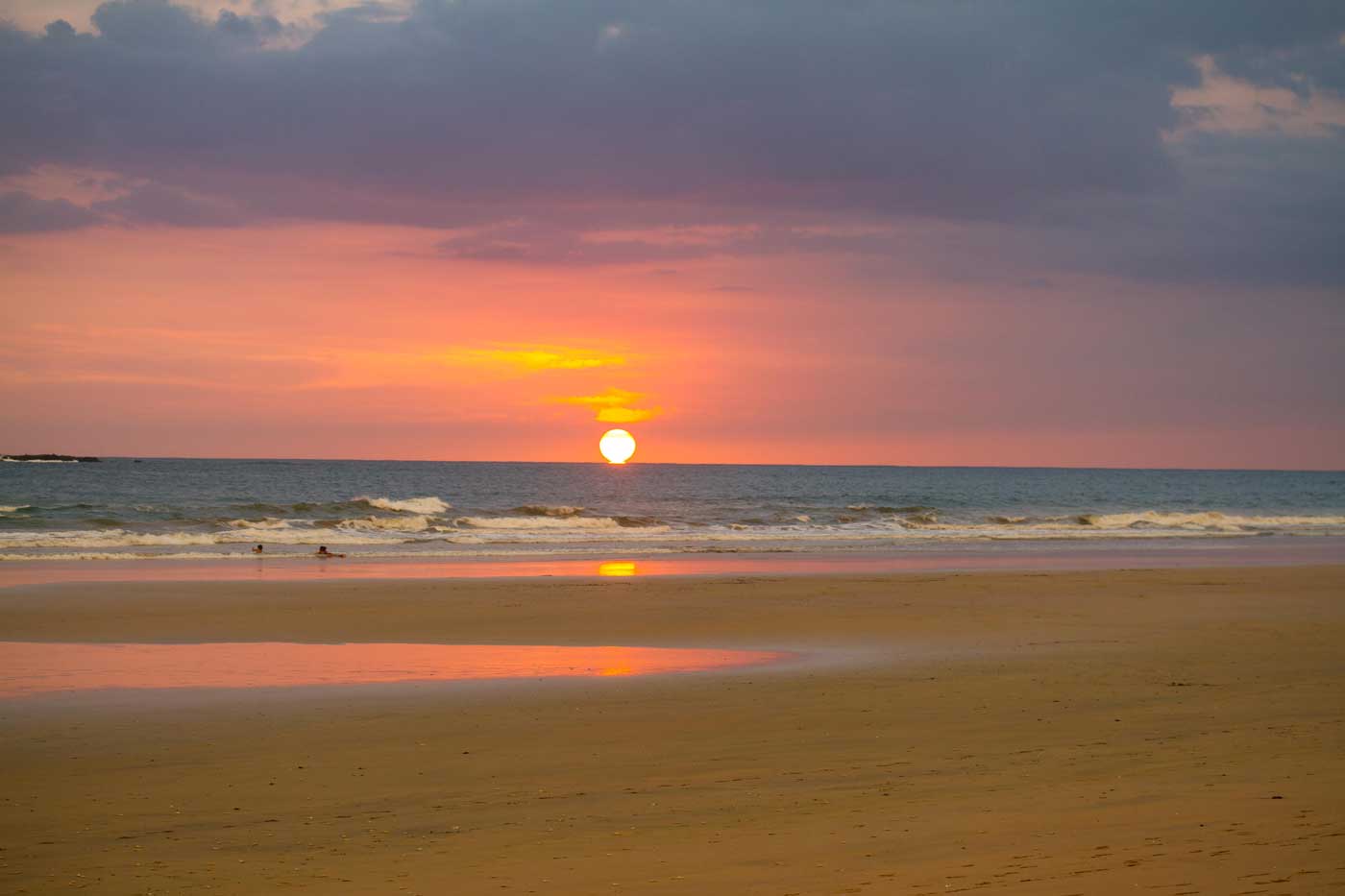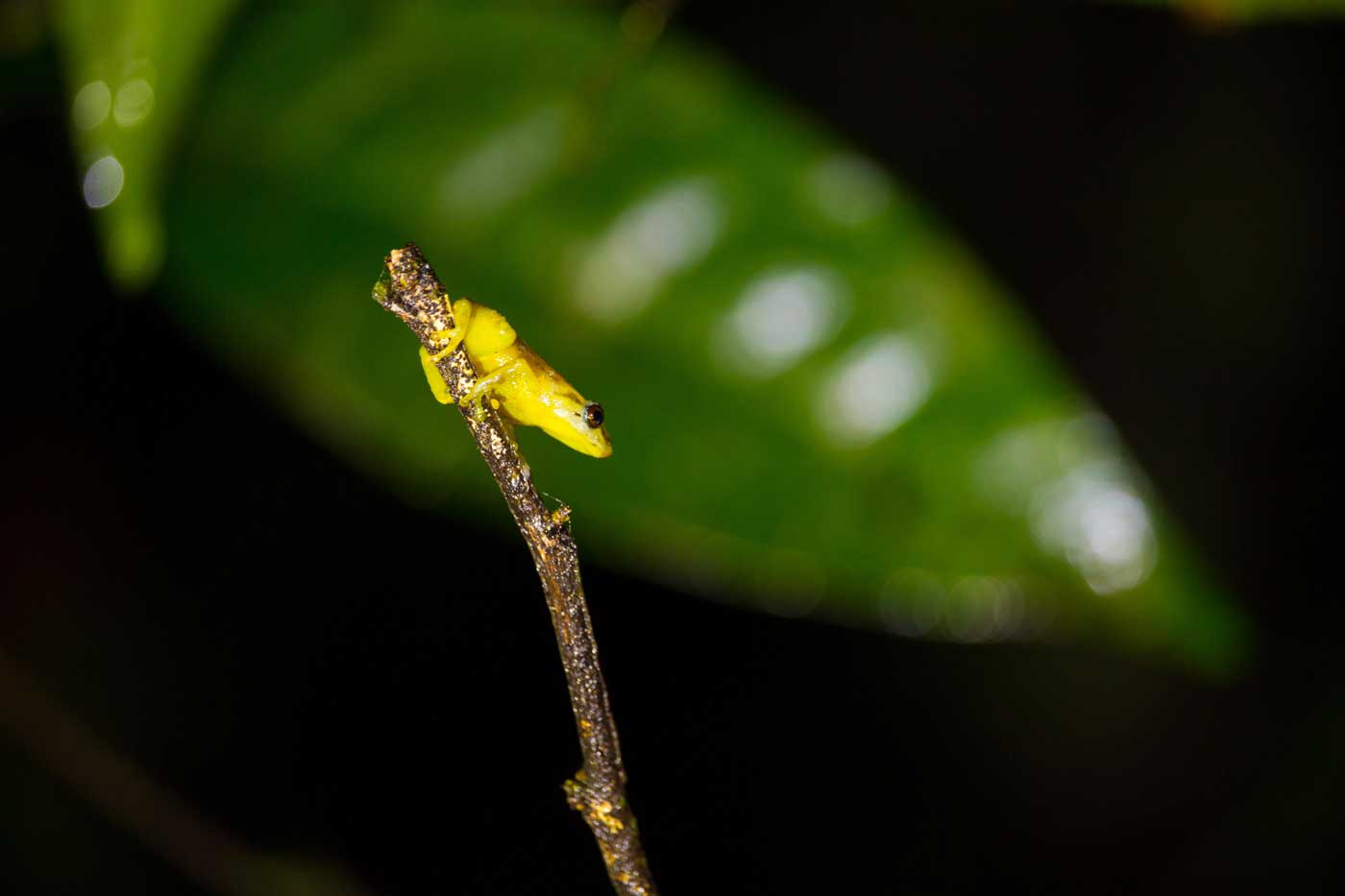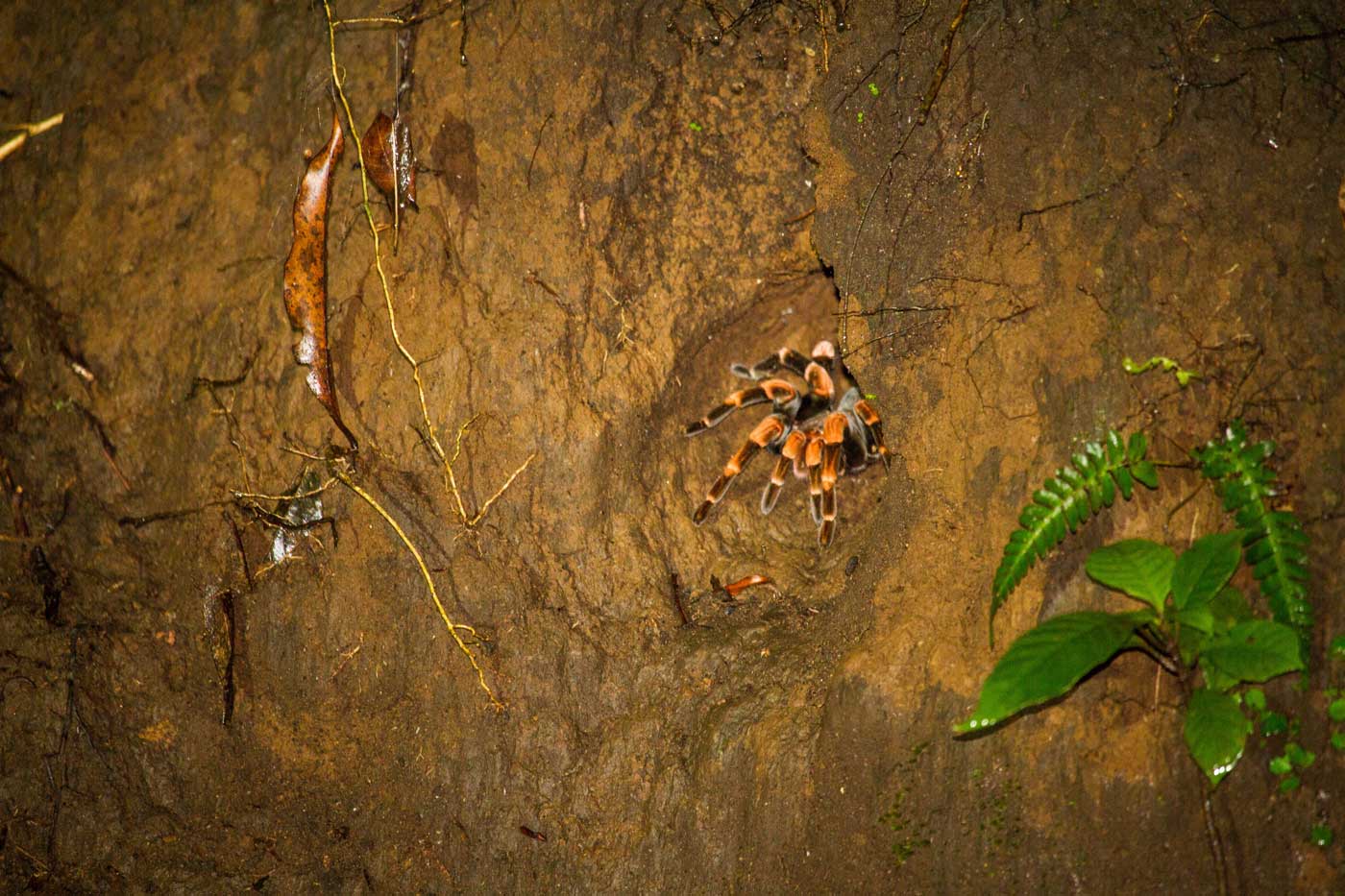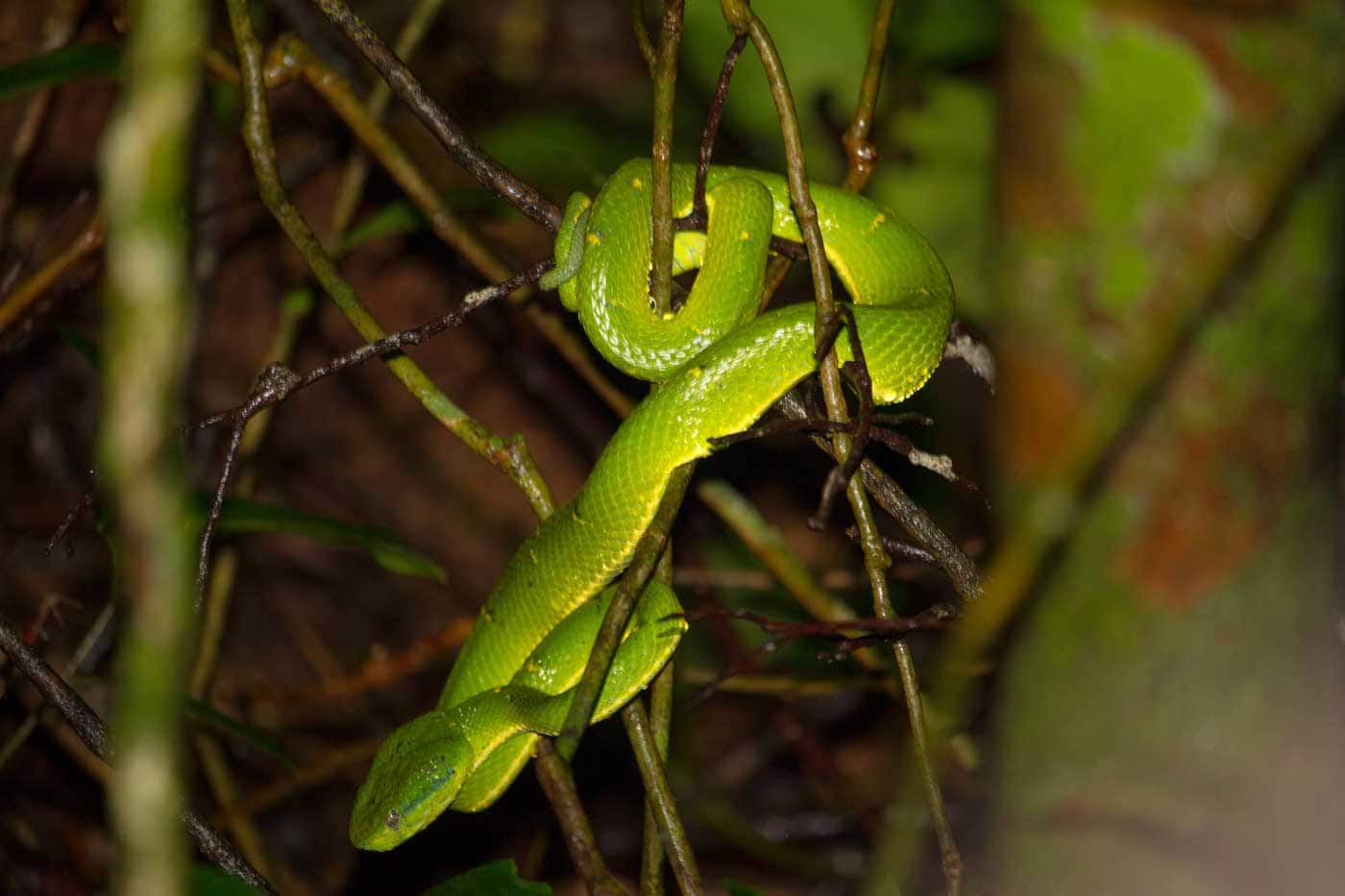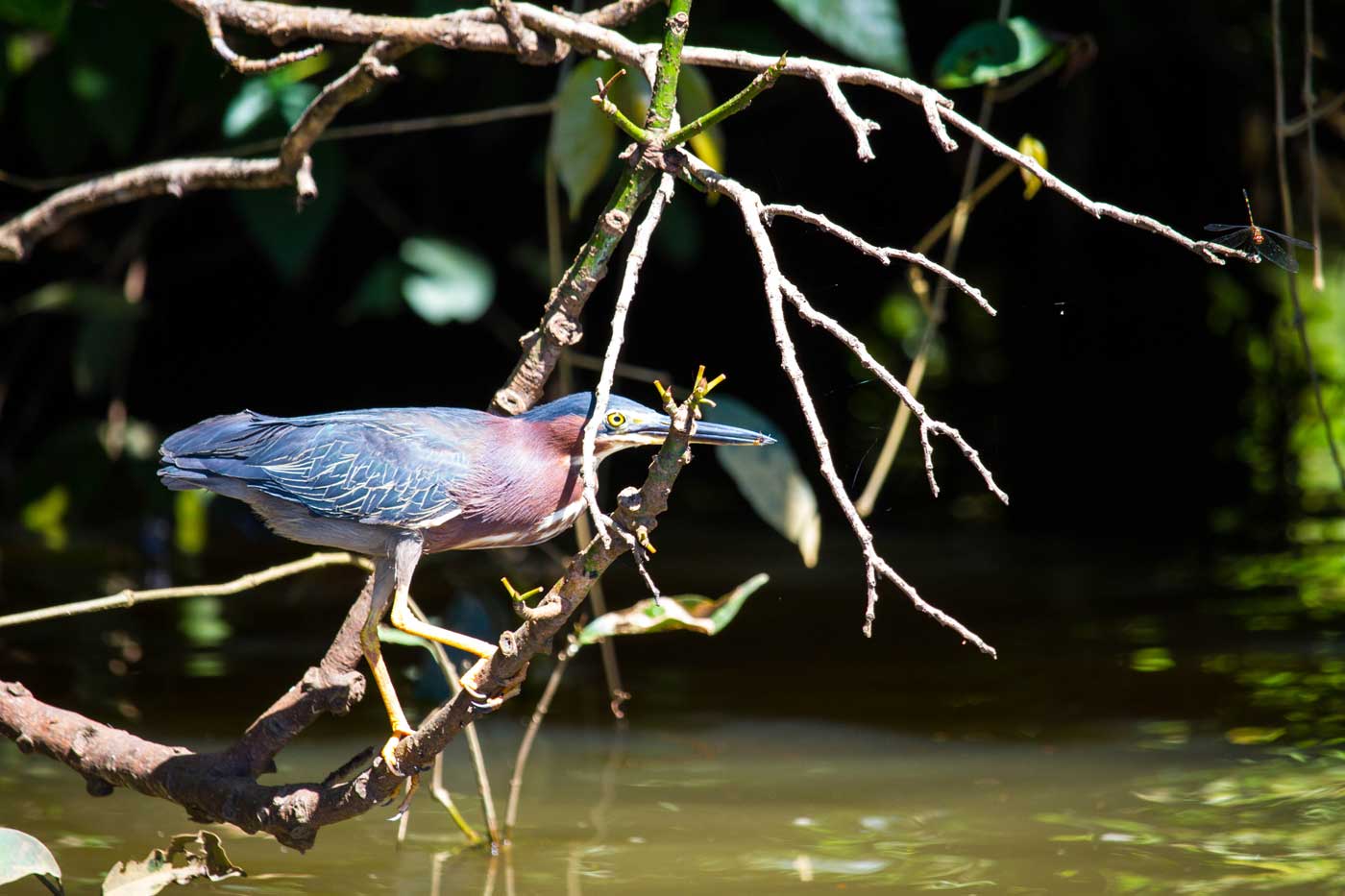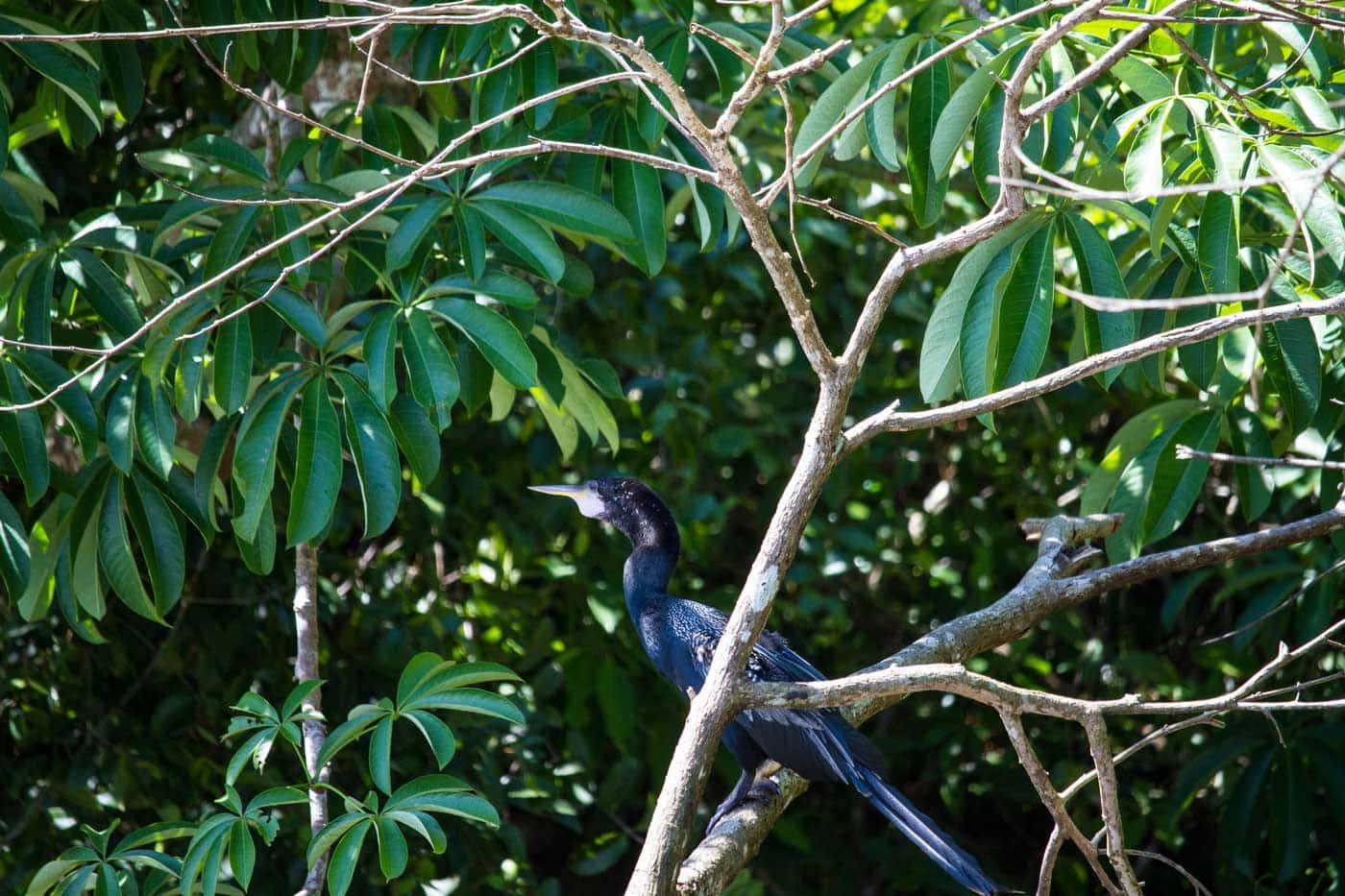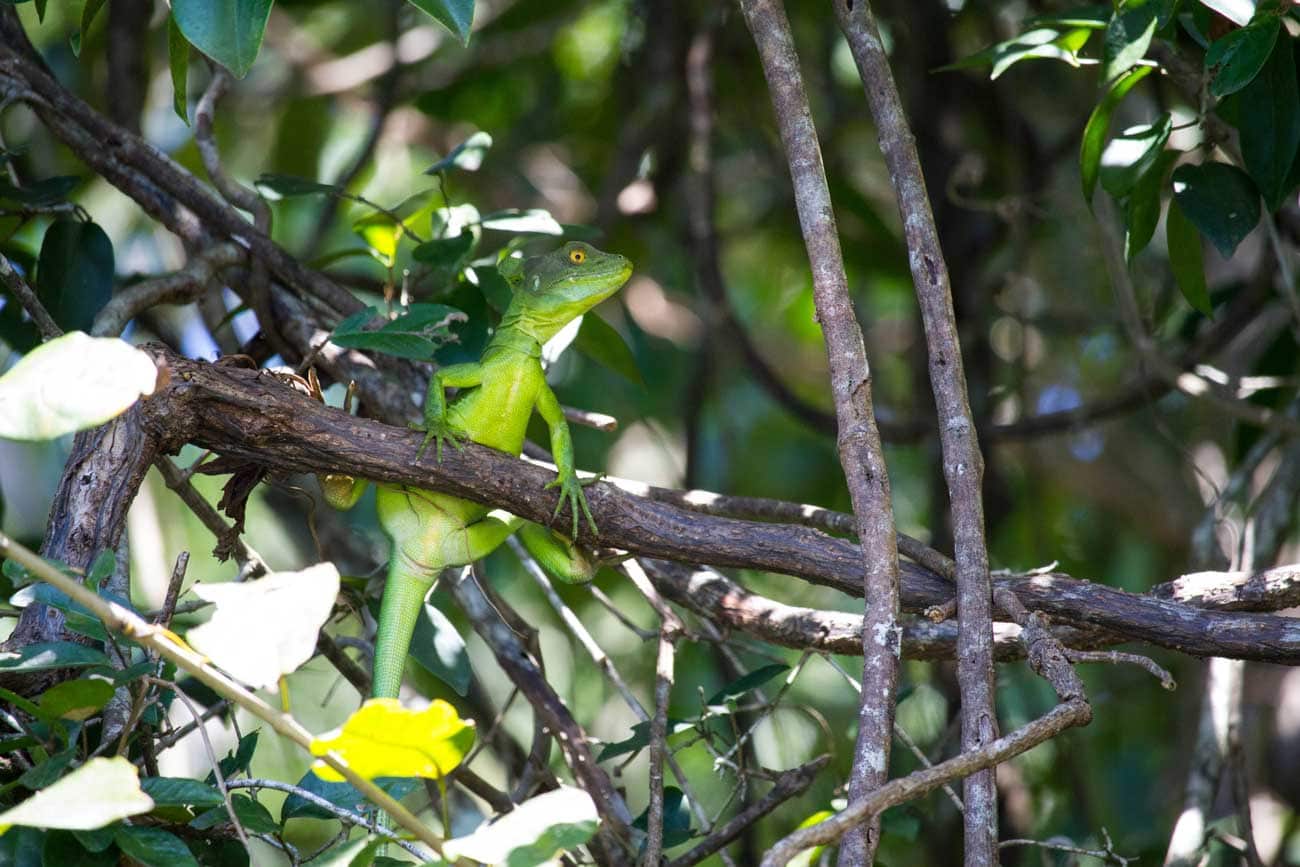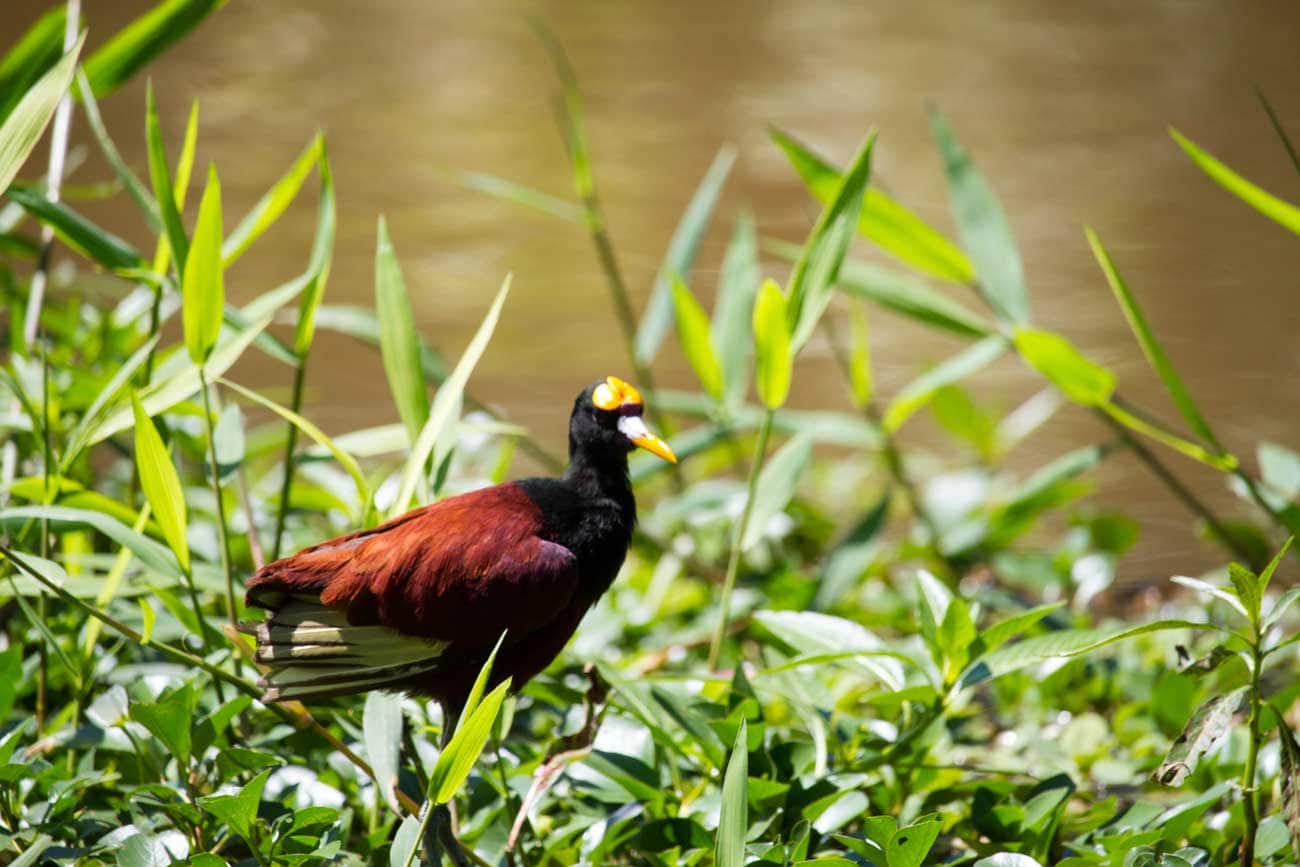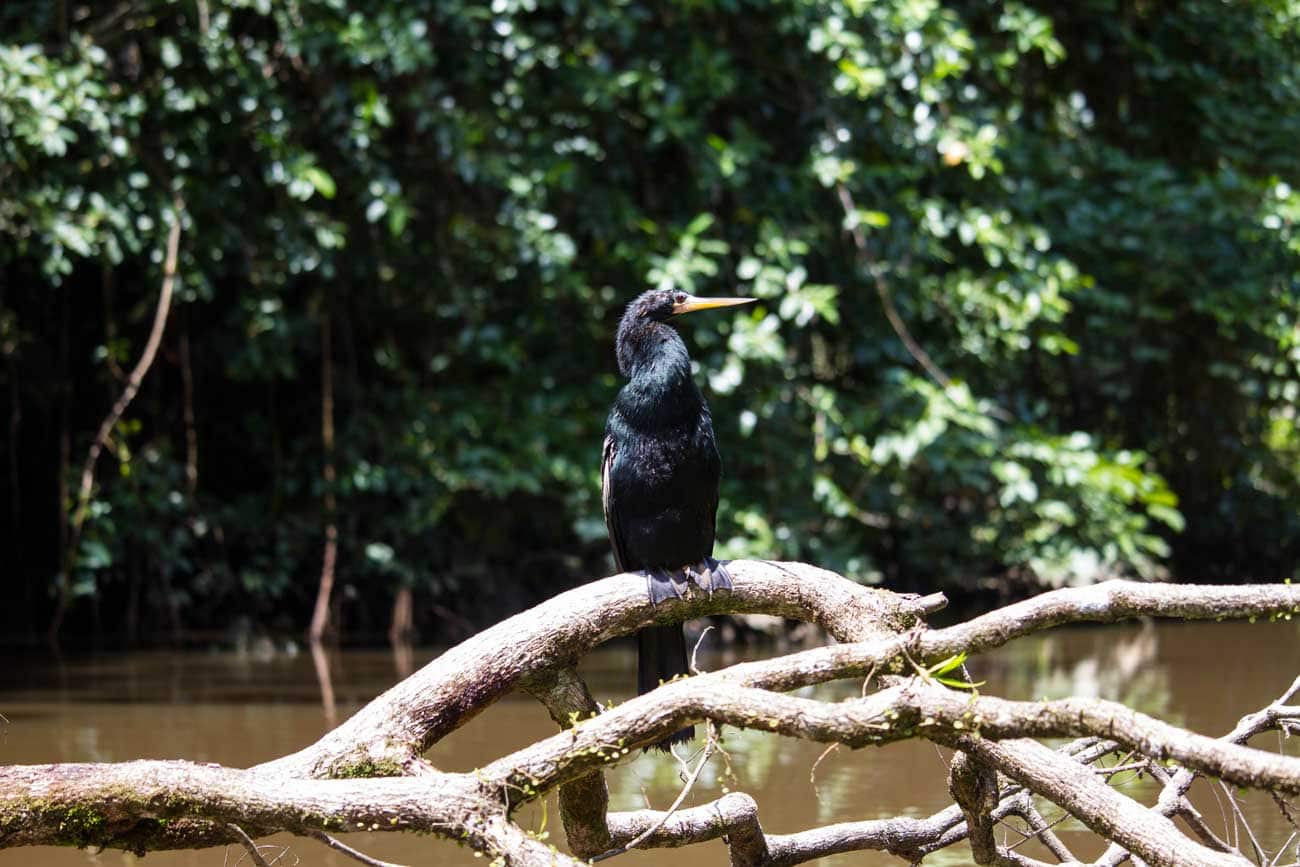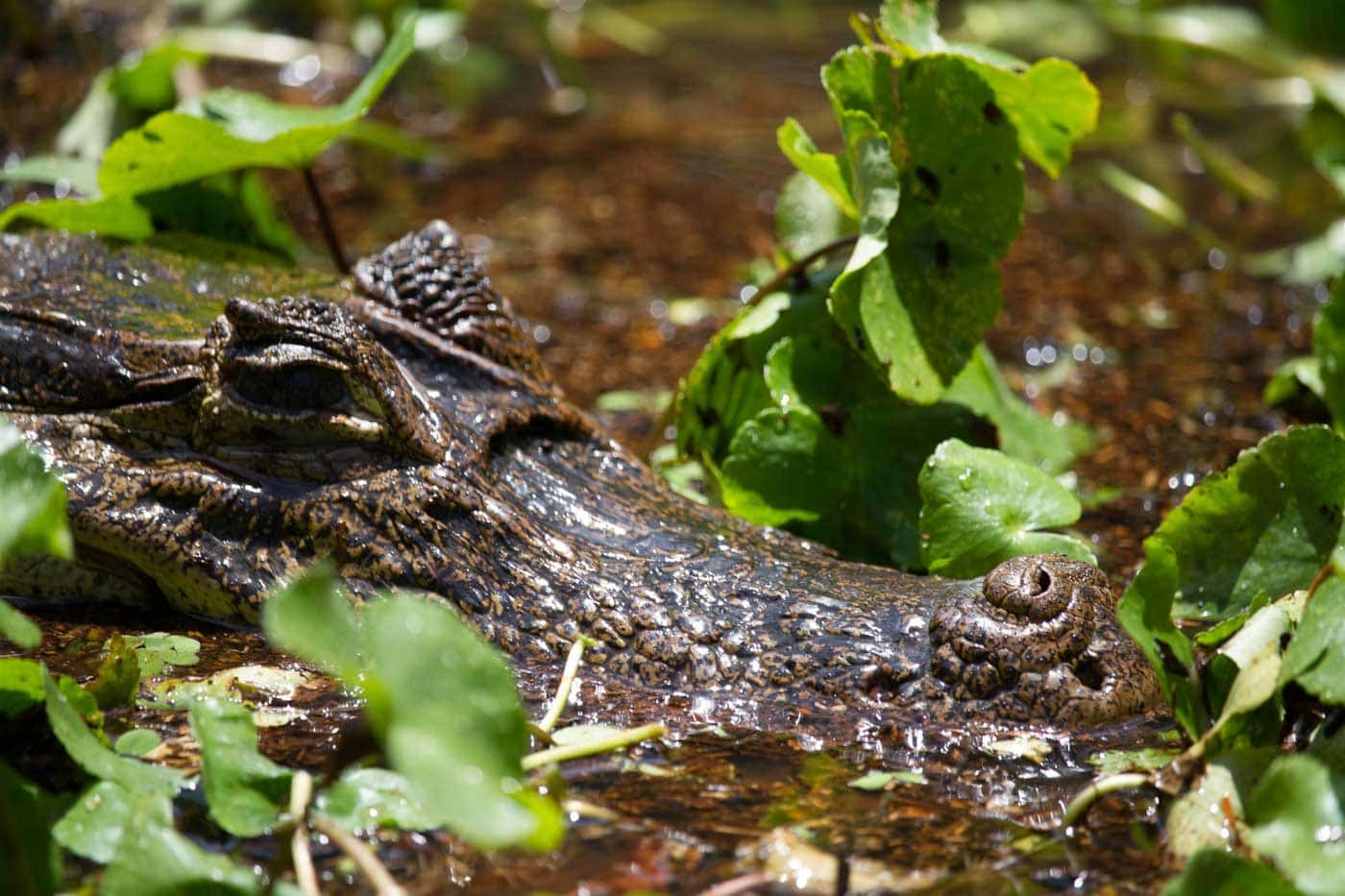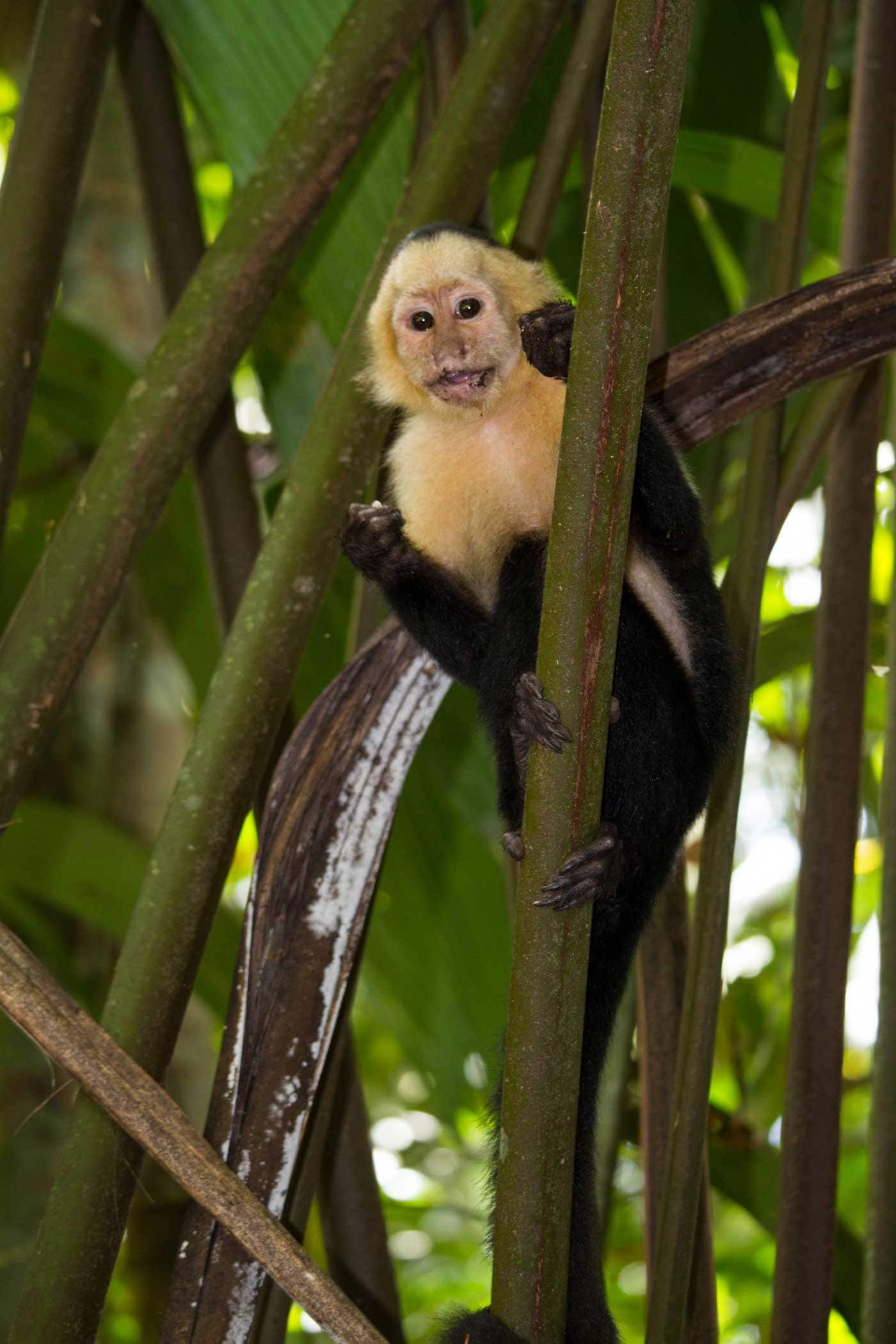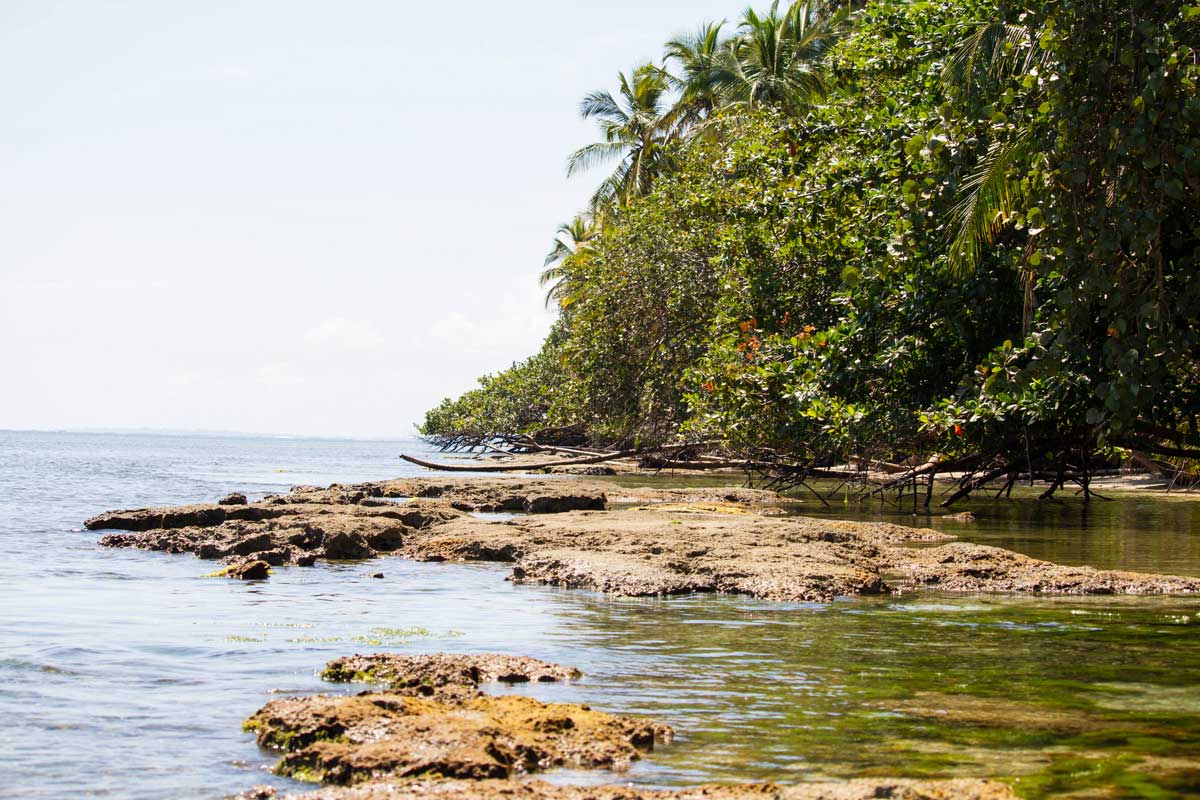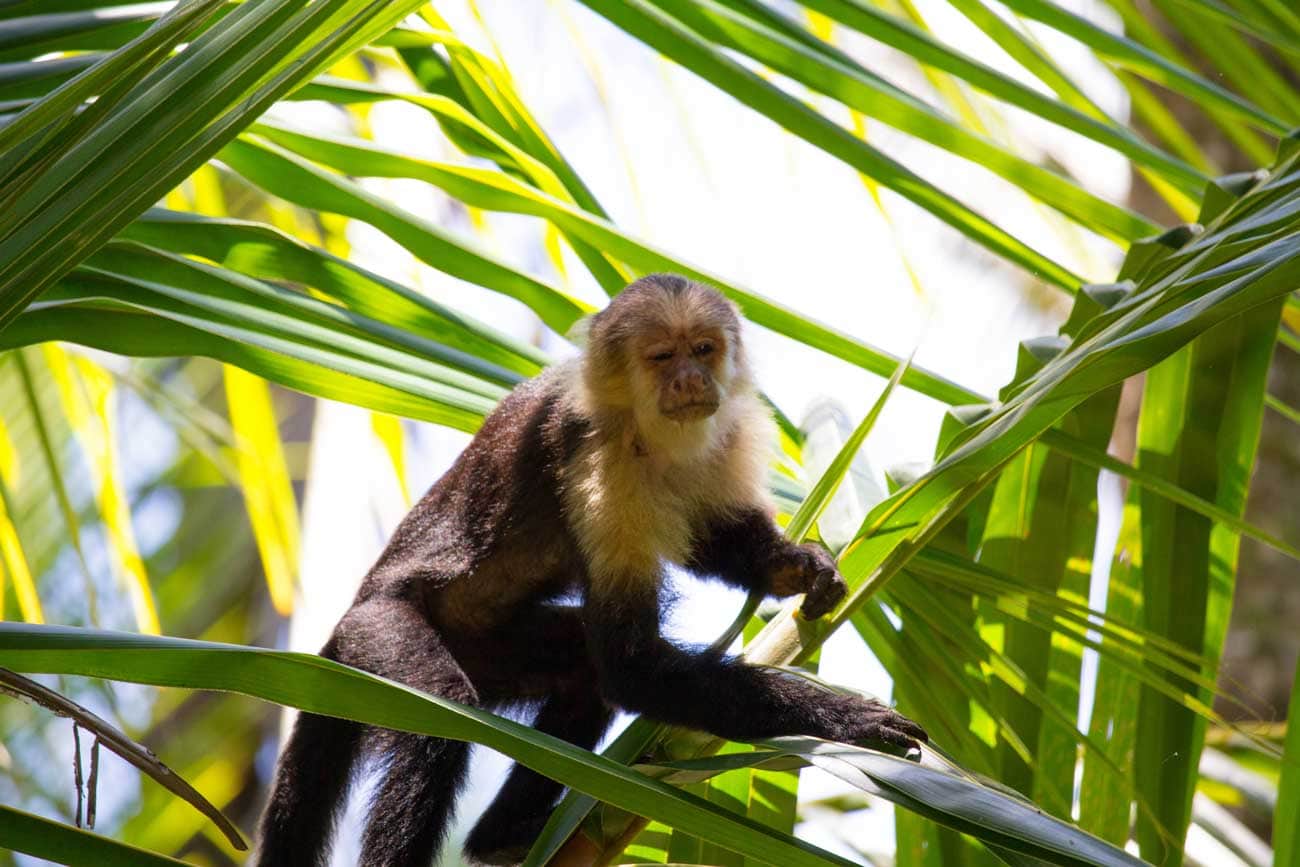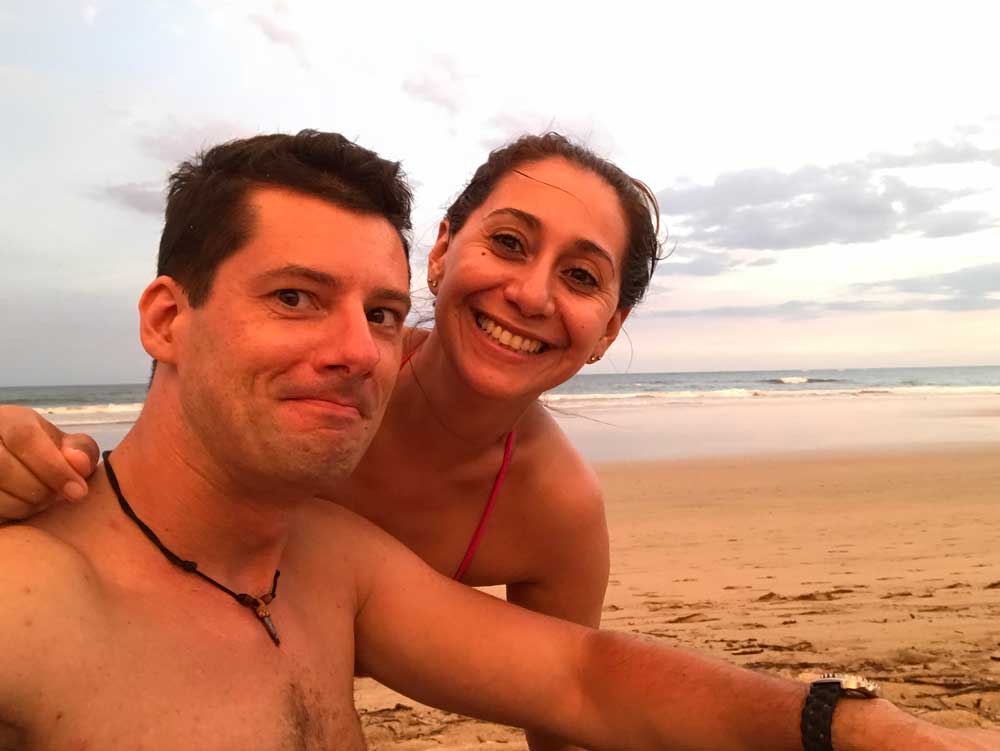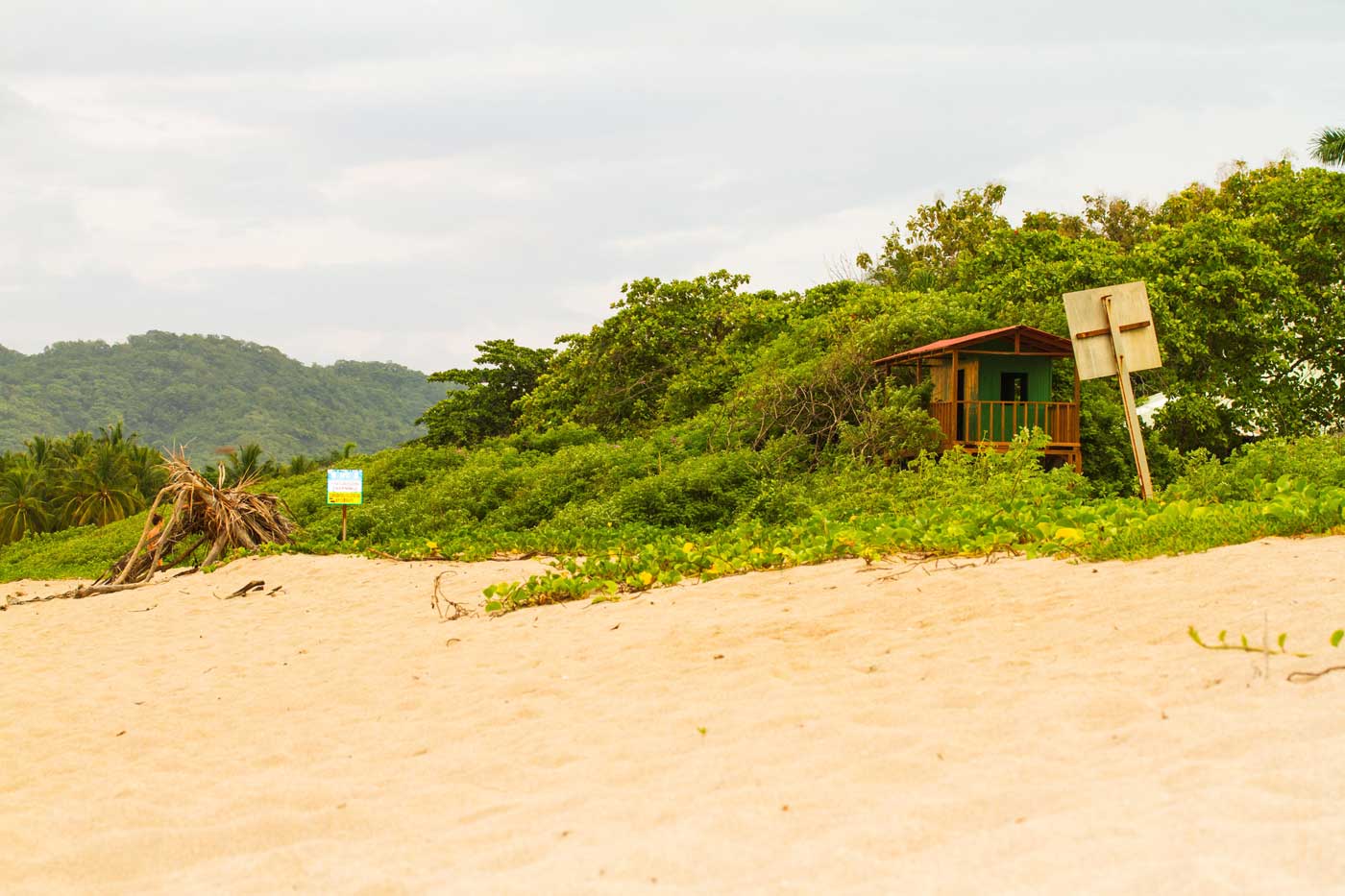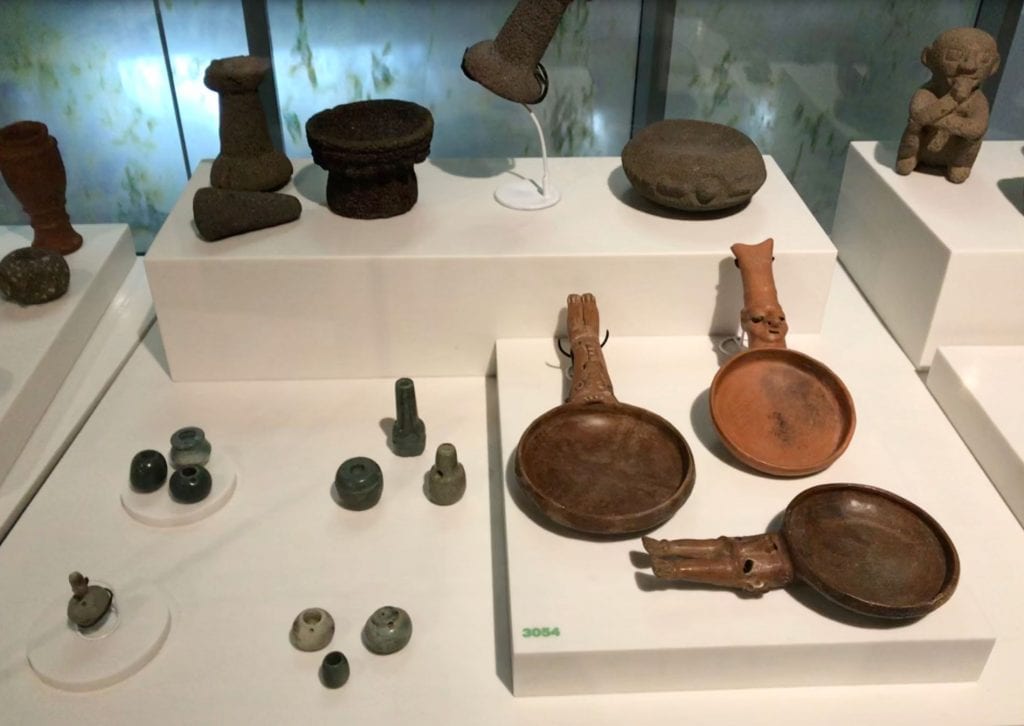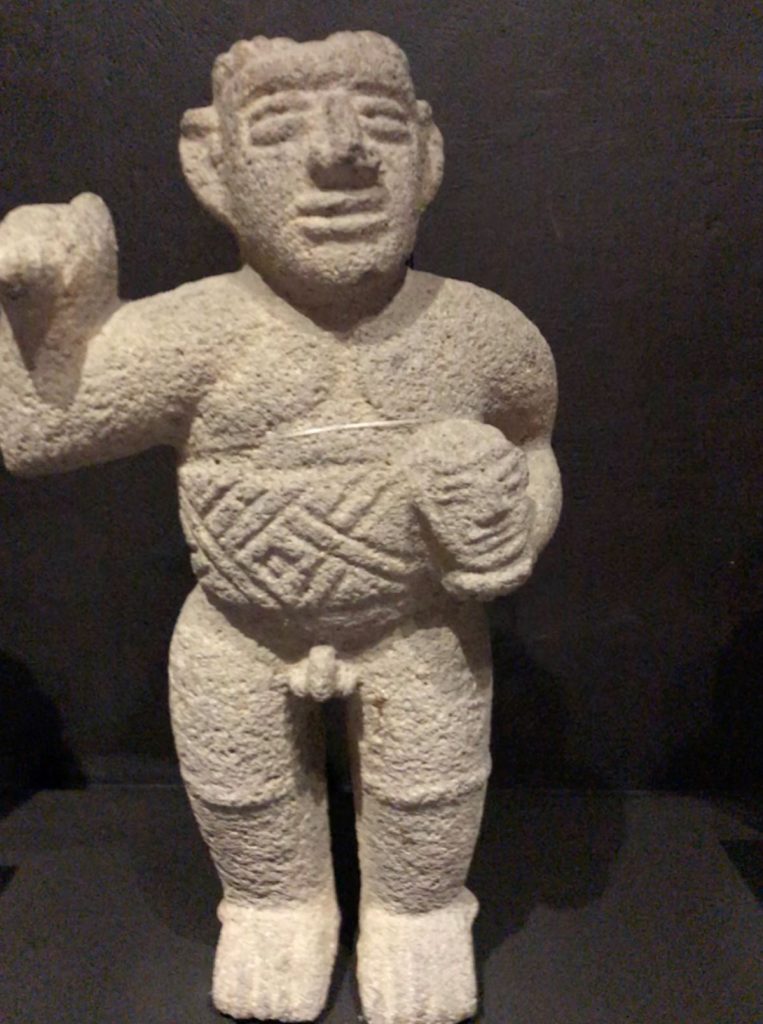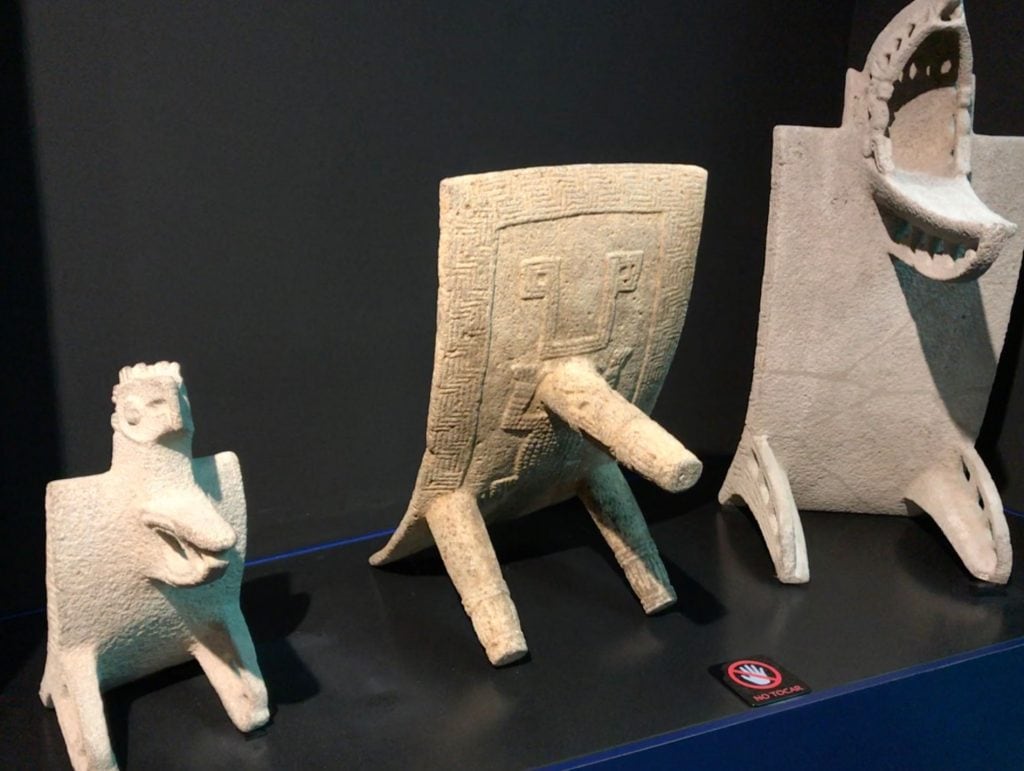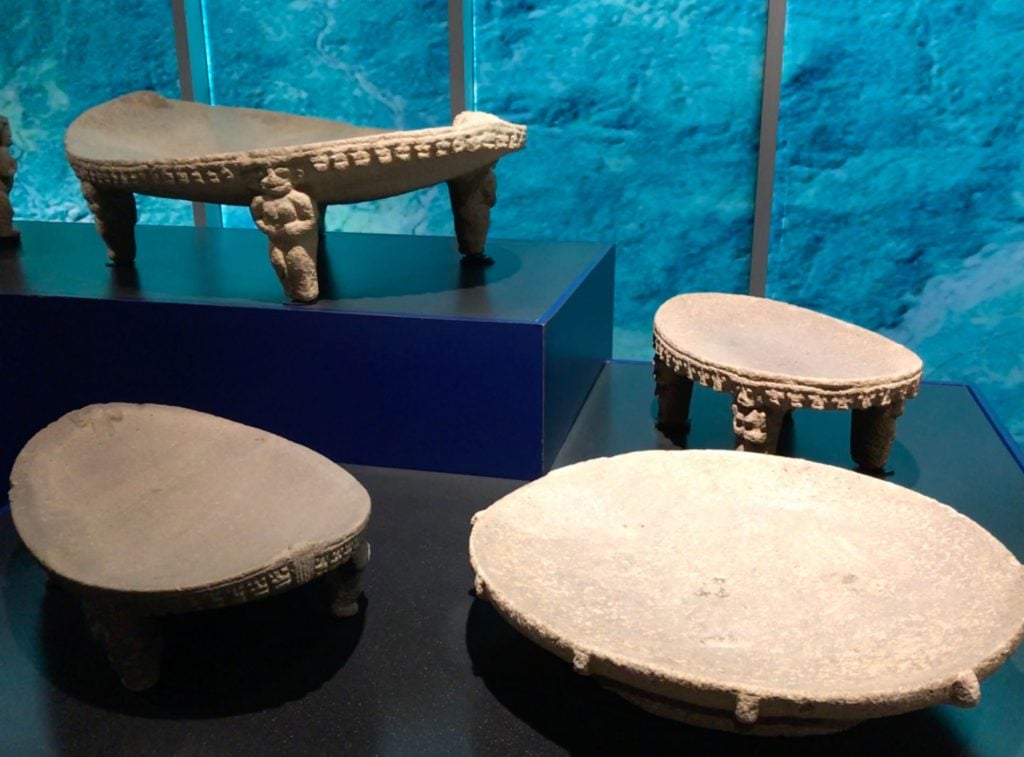Costa Rica as fast as possible
Arenal, Guanacaste, Monteverde, Cahuita, and Tortugero
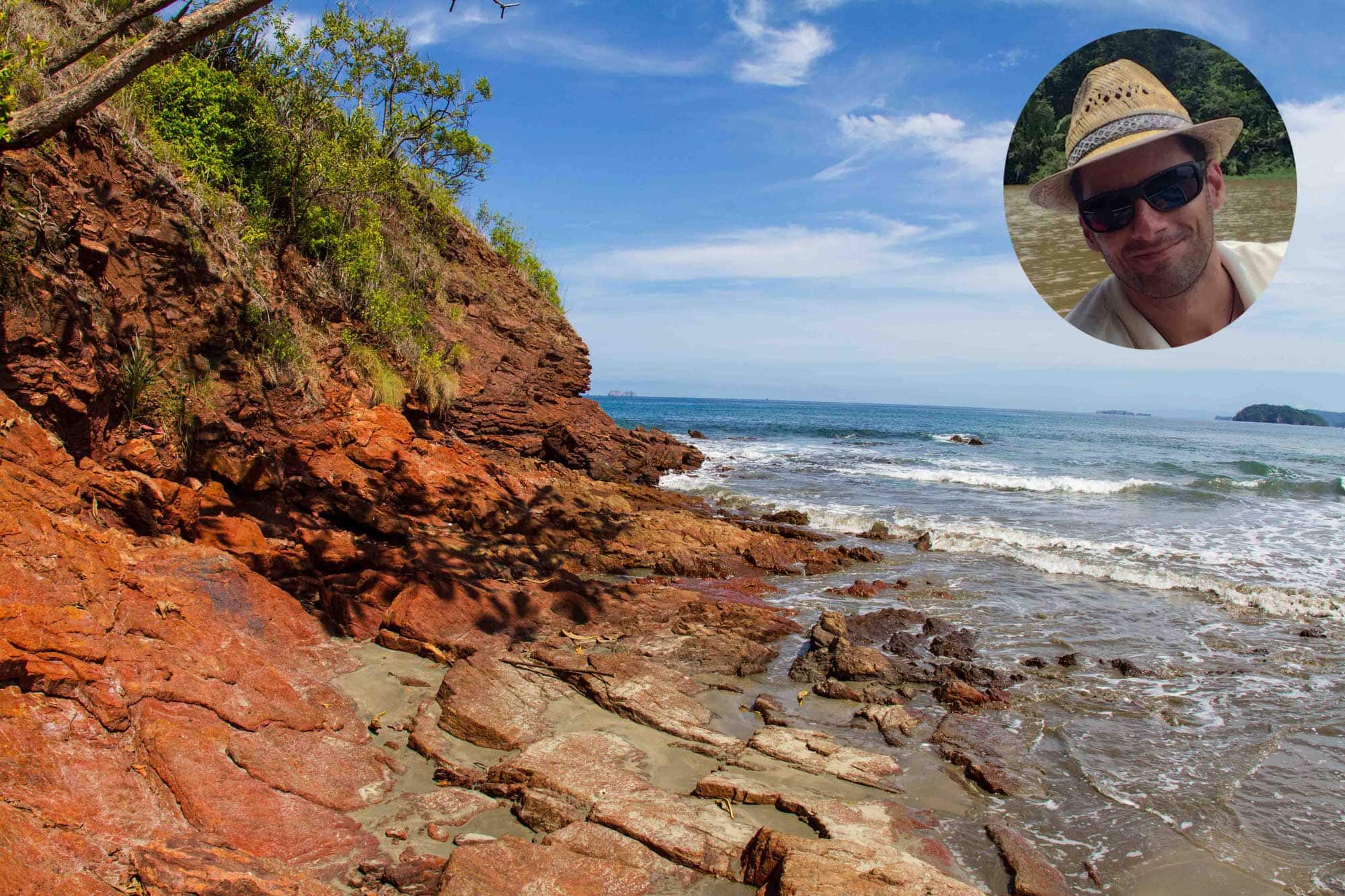
A night of August we decided to come back to Costa Rica to enjoy its beautiful beaches, warm climate, and kind people… Thus, we bought the tickets and jumped in perhaps the most gorgeous country in the new continent.
… however, it was not so easy as to write it.
The RoadMap
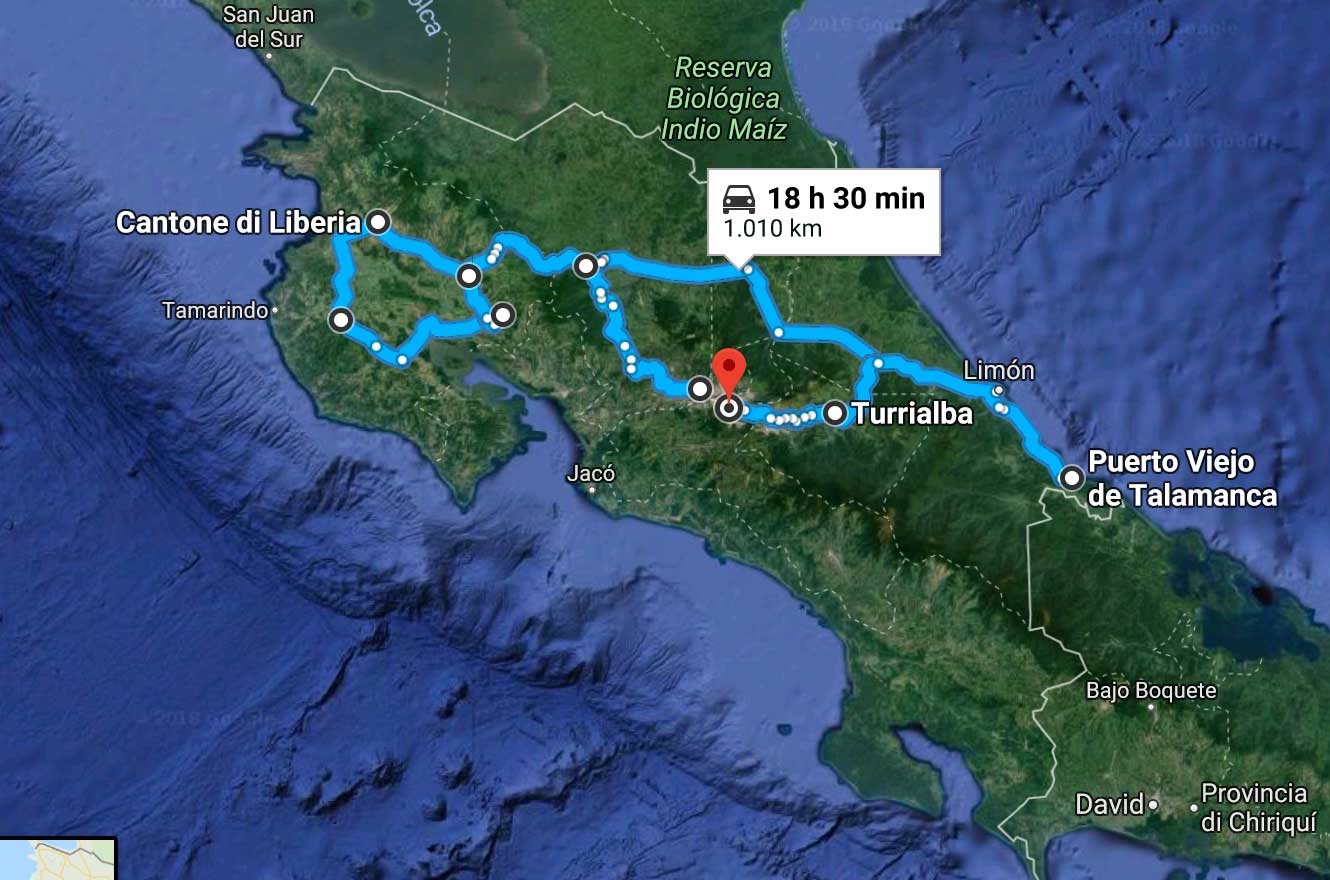
Since I really enjoy to drive in foreign countries to experiment with local roads and traffic, we rented a small car to make our travel true….
Indeed, travelling across the small but smart country may offer suggestive sightseeing…
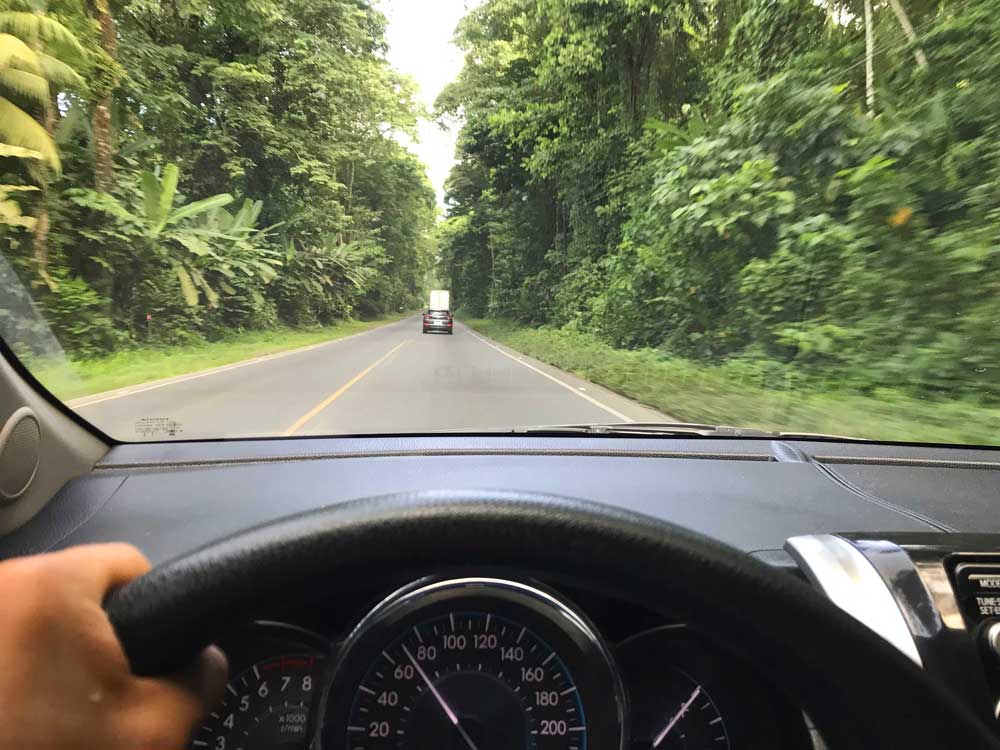
Moreover, by resting close to cities and towns we will be able to satisfy our stomachs and enjoy more driving to parks and beaches. As specified in the road map above, we have visited the following places:
- La Fortuna and the Arenal Volcano
- #Guanacaste and its beautiful parks and beaches
- #Monteverde, its coffe plantations and parks
- #Tortugero
- #Cahuita and Puero Vijeo, the nearby beaches and parks
- We didn’t arrived to Turrialba and the Irazù Volcano because of the strikes (actually enjoyable and peaceful manifestations with songs)
- San Josè, its museums and people
The Gallery
It is easy to meet monkeys, raccoons, and many other animals anywhere in Costa Rica. However, it is really enjoyable to spend some time with Oskar in Monteverde during its night walk; indeed, we had the opportunity to make wonderful shoots and talk about issues in preserving Monteverde beautiful surroundings. Another incredible place where meeting any type of animal is possible is the Tortugero National Park where we had the pleasure to meet one of the best guides ever:
Below, some of our shoots:
Turtle Nesting
Another activity that had left a mark in our souls is attending turtle nesting in Ostional beach, Guanacaste. Turtles are incredible animals, endangered by many human behaviors; however, Costa Rica is renown for the many projects caring for turtles. Indeed, hundreds of turtles come back to Ostional each year to nest their eggs. In order to not stress and disturb the animal I’ve make a short movie with an infrared camera:
A little bit more…
Costa Rica is bounded on the west by the Pacific Ocean and on the east by the Caribbean Sea; although small, its terrain and climate are quite varied. The central portion of the country, dominated by chains of volcanic mountain ranges, is verdant and mild. Hot, humid tropical forests occupy the low-lying territories on the east coast and the southern part of the Pacific coast. In contrast, Guanacaste and the Nicoya Peninsula in northwestern Costa Rica are comparatively arid, with pronounced seasonal fluctuations in rainfall. The range of habitats, the country’s location between North and South America, and enlightened conservation policies account for the astonishing variety of plants, insects, butterflies, amphibians, birds, and mammals found in Costa Rica today.
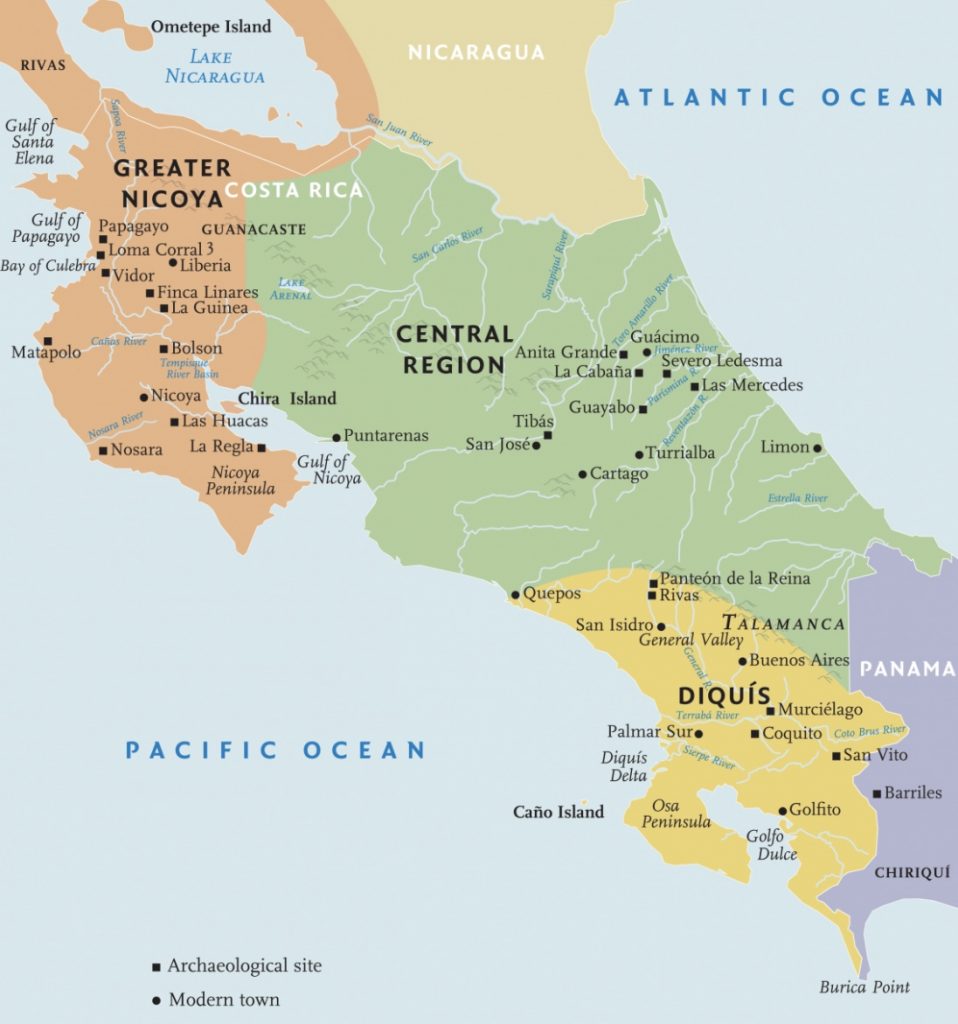
The first Europeans to reach Costa Rica, in 1502, were members of Christopher Columbus’s fourth voyage. His expedition explored the Caribbean coast of Costa Rica, Nicaragua, and Panama, and he and his men interacted with both local inhabitants and maritime traders. Accounts of the voyage note that local peoples were wary and frequently bellicose, yet they were usually eager to trade. Spanish exploration continued, and in the ensuing decades, a succession of Spanish expeditions traversed Panama, Costa Rica, and Nicaragua, struggling to conquer and Christianize the native populations, establish Spanish settlements, and expand Spanish political and economic control. Today, the vast majority of Costa Ricans speak Spanish and may not identify with specific historical indigenous groups. Many of Costa Rica’s indigenous languages are now extinct, but Chibchan languages are still spoken by groups such as the Bribri and Cabécar peoples of eastern Costa Rica. Nineteenth and twentieth-century visitors and ethnologists have studied and recorded the language, lifeways, and religious beliefs of the Cabécar and Bribri, which constitute important sources of information for interpreting the cultures of ancient Chibchan-speaking peoples in Costa Rica. Scholars also frequently refer to historical and ethnographic accounts of indigenous peoples in Panama and northern South America.
The Maléku, the Cabécar, and the Bribri do not leave us important monument as Maya or Inca, but their lands consisted of a nexus of trade where the cultures of Mexico and Central America met those of northern South America, and elements of both were incorporated into the unique and diverse Chibchan culture. Most of the gold ornaments, jade carvings and pottery discovered is presented at the four floors of the Precolumbine museum in San José.
References.
Ancient Costa Rica. Retrieved from https://denverartmuseum.org/article/ancient-costa-rica
